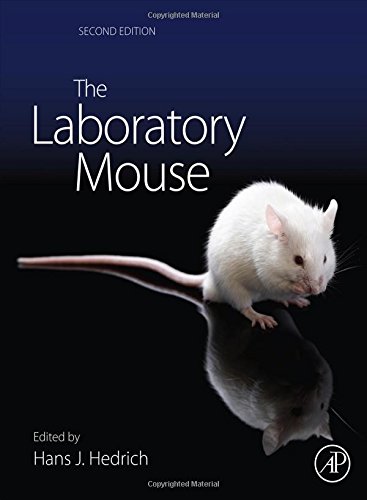The Laboratory Mouse pdf
Par hoffman richard le dimanche, mars 20 2016, 22:56 - Lien permanent
The Laboratory Mouse. Mark A. Suckow, Peggy Danneman, Cory Brayton

The.Laboratory.Mouse.pdf
ISBN: 0849303222,9780849303227 | 184 pages | 5 Mb

The Laboratory Mouse Mark A. Suckow, Peggy Danneman, Cory Brayton
Publisher:
Left forepaw.Daniel Engber dissects the ubiquitous laboratory mouse |I did my first Fresca project in ;09, on animal welfare in the lab . This will give you enjoy for certain. The mice all lack a functional copy of neuroligin-4 (NLGN4), an autism-linked gene. Jackson Lab is known globally for its use of mice to research human disease and medical conditions. That's because, for the most part, they can't just buy these mice off the shelf. Inbred oddballs help decode everything from cancer to obesity. This chapter focuses on two database resources that can facilitate the use of the laboratory mouse for genetic and genomic studies of behavior. Each year it produces millions of specially bred laboratory mice that are used in similar studies all over the world. That study, published in the prestigious Proceedings of the National Academy of Sciences, showed that a popular kind of laboratory mouse is not a great tool for studying sepsis, trauma or burns. The Laboratory Mouse (HANDBOOK OF EXPERIMENTAL ANIMALS) by Hans Hedrich (14 Jun 2012). A laboratory mouse climbs on the gloved hand of a technician at the Jackson Laboratory in Bar Harbor, Maine. By Stephanie Pappas LiveScience. It will take as long as two years to recreate some types of mice that have specific genetic mutations. Laboratory mice in the BXD reference population typically live from 365 to 900 days. Do not get this costly anymore. The lab ships more than 2 million mice a year to qualified researchers. In most nuclear imaging studies, laboratory mice are drugged and bound in place to study changes in brain chemistry caused by the progression of disease or the application of a drug for treatment studies.